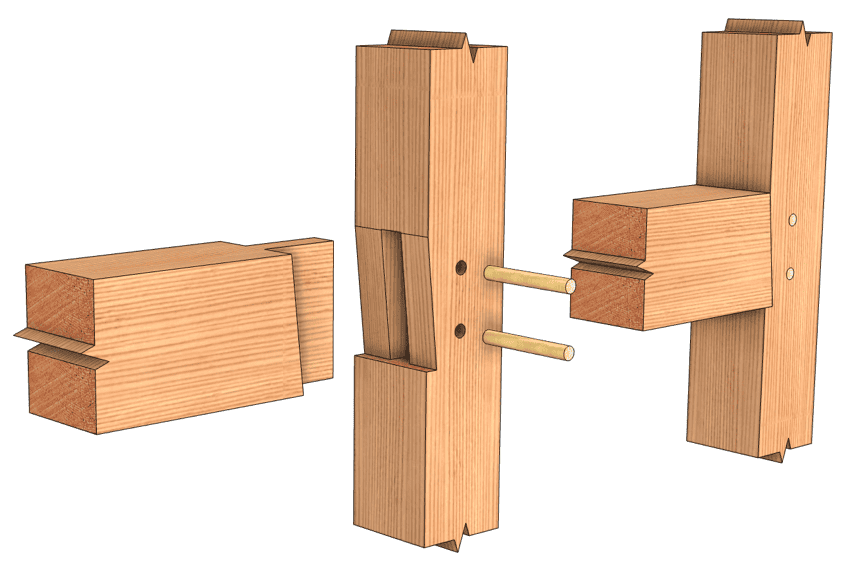
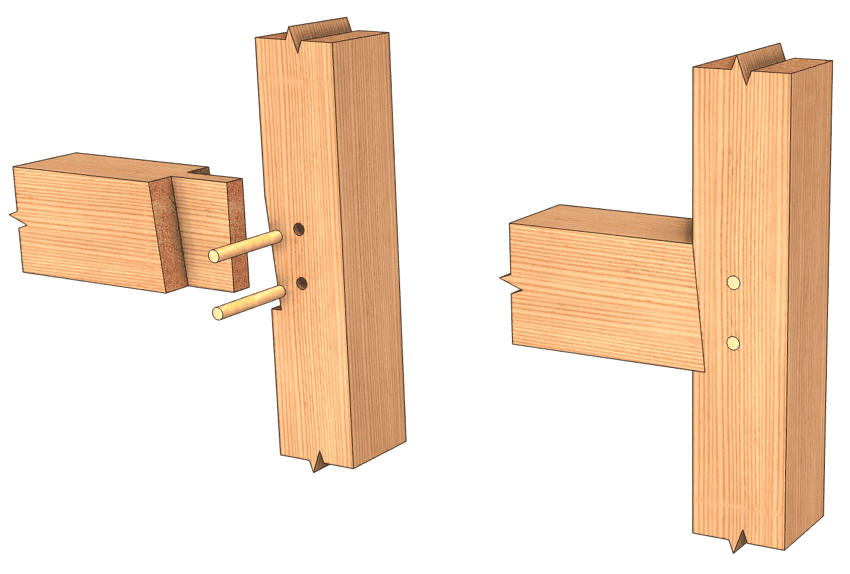
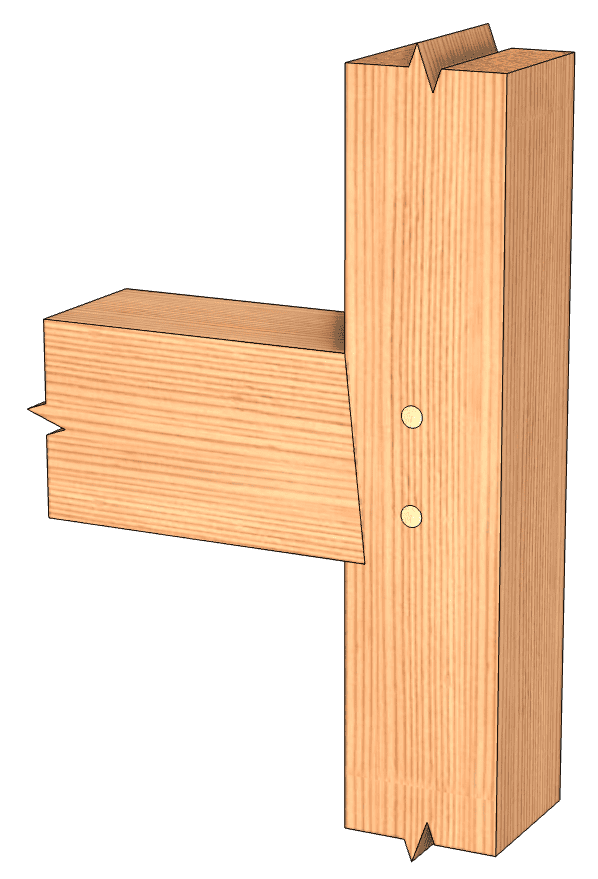

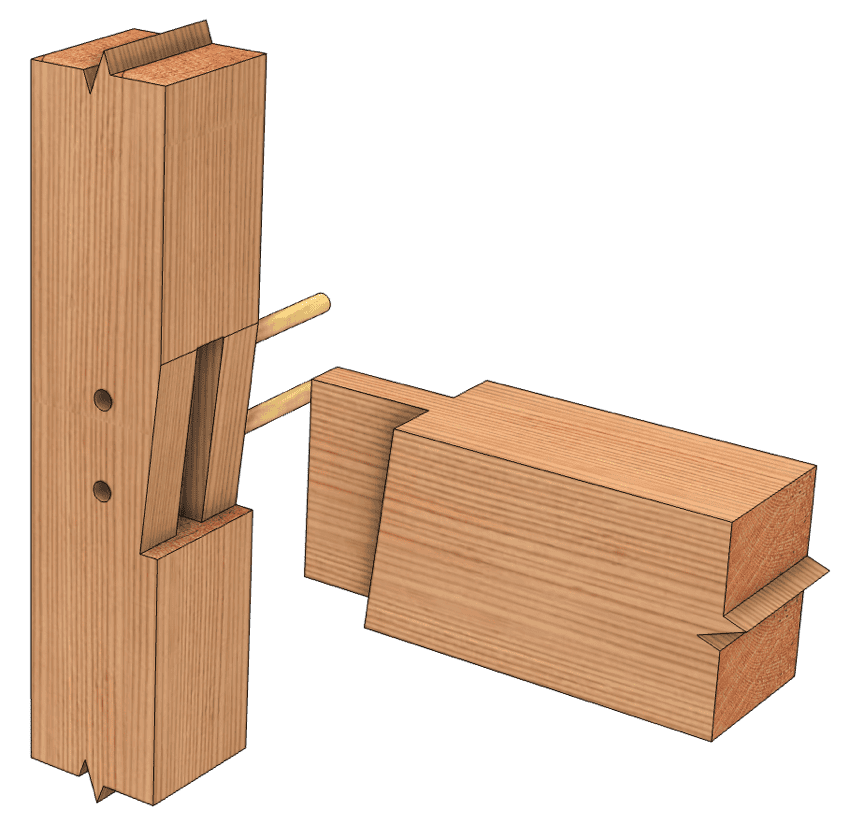
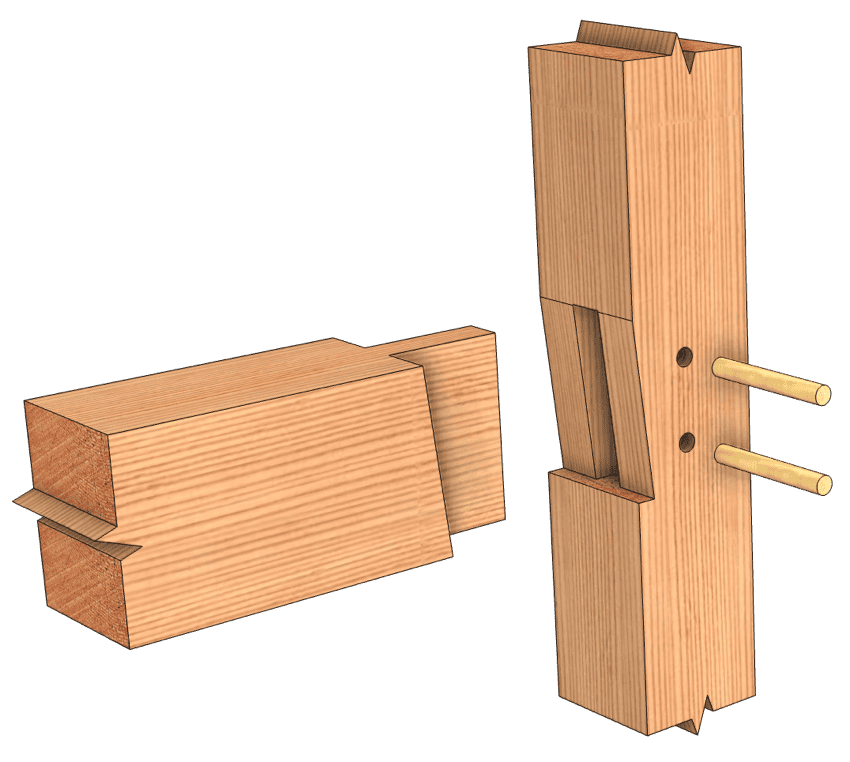
The "1" diminished housing joint is a specific type of mortise and tenon joint used primarily in timber framing. It involves a tenon (the projecting piece of wood) that fits into a mortise (the cavity) cut into another timber. The term "diminished housing" refers to the gradual reduction or "diminishing" of the housing depth along the joint's length. This design allows for a snug fit and distributes the load evenly across the joint.
Purpose and Applications
- Load Distribution: The diminished housing joint is designed to handle substantial loads by spreading the stress over a larger area, reducing the likelihood of joint failure.
- Structural Stability: It enhances the overall stability of the frame by creating a tight connection between timbers.
- Aesthetic Appeal: The joint allows for clean lines and seamless connections, contributing to the visual appeal of timber-framed structures.
- Common Uses: Typically used in beam-to-post connections, roof structures, and where beams intersect at various angles.
Advantages Over Other Joints
- Enhanced Strength: The gradual reduction in housing depth minimizes stress concentrations.
- Improved Fit: Allows for precision fitting, reducing gaps that could weaken the structure.
- Versatility: Suitable for various timber sizes and can accommodate complex framing designs.
Conclusion
The "1" diminished housing joint is a cornerstone in the art of timber framing, combining strength, durability, and aesthetic beauty. Understanding and mastering this joint not only enhances the structural integrity of your projects but also connects you to a rich history of craftsmanship. Whether you're a seasoned timber framer or a woodworking enthusiast, incorporating the diminished housing joint into your repertoire is a valuable addition to your skills.
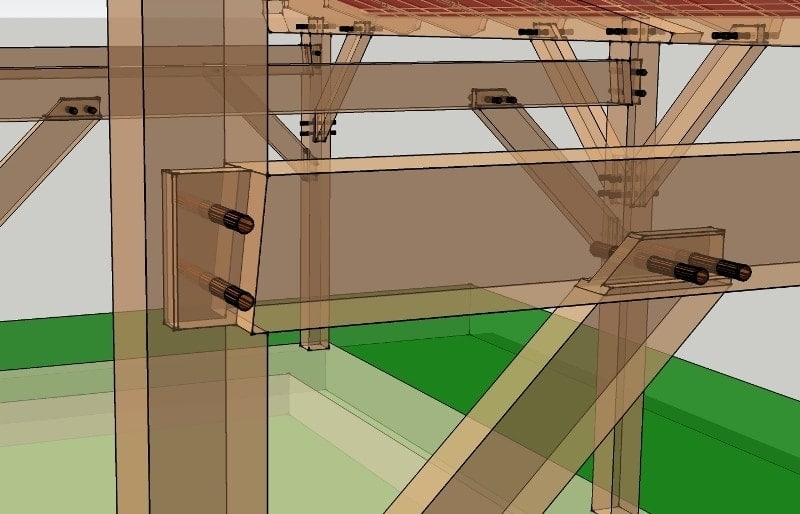
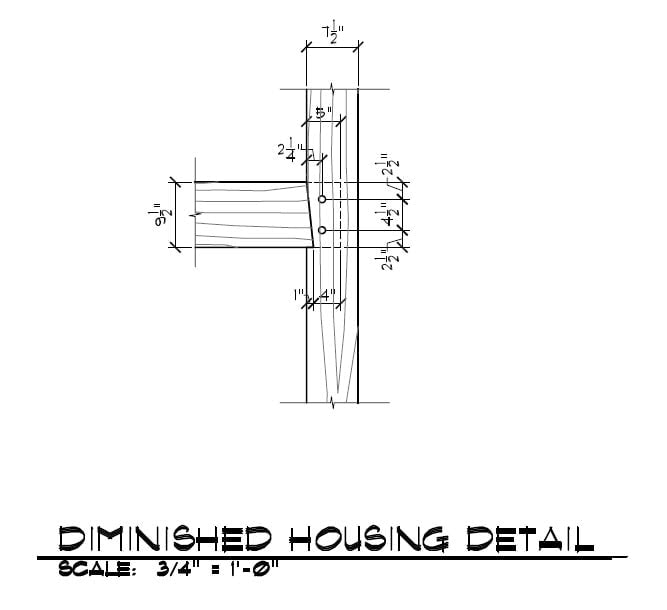
When using Superior walls and not wanting post or piers in the basement add a brick ledge, then run the floor system out to the edge of the ledge. That way you will have support for the wall panels and the post will rest on the center of the Superior walls. Since the walls are 11 1/4 thick they can accommodate any size post.
Mike Jamison
what font are you using? the drawing title and scale.. pls…
arch.shx and archchisel.shx